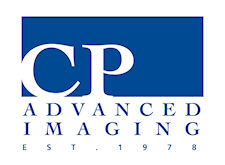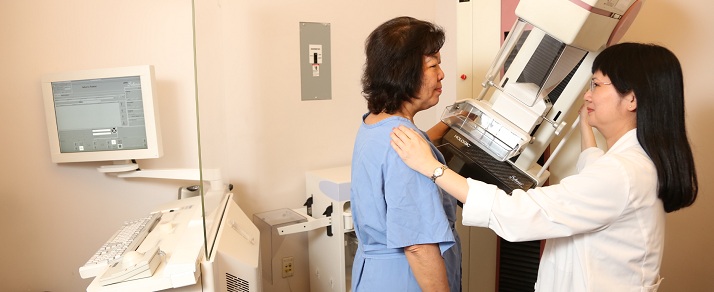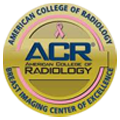 Mammography is a low-dose x-ray examination of the breast. A mammogram is used in the early detection and diagnosis of breast diseases. Current national guidelines recommend annual screening mammography for all women age 40 and over.
Mammography is a low-dose x-ray examination of the breast. A mammogram is used in the early detection and diagnosis of breast diseases. Current national guidelines recommend annual screening mammography for all women age 40 and over.
Screening Digital Mammography is for women who are asymptomatic (have no symptoms or breast problems). Screening mammography usually involves two views of each breast. For some patients, additional views may be needed to visualize as much breast tissue as possible or to further compress or magnify a particular area.
Diagnostic Digital Mammography is used for a patient with abnormal clinical findings such as nipple discharge or breast lump that have been found by the woman or her doctor. It is also used for patients with a personal history of breast cancer or patients who have breast implants. Additional exams, such as a breast ultrasound, may be performed to aid in diagnosis.
CP Advanced Imaging offers digital mammogram with computer aided detection (CAD). Digital mammography with the use of CAD has shown to increase the rate of detecting early, curable breast cancer.

If you have had any prior mammograms, breast ultrasounds or breast MRIs at another facility, please bring them with you on the day of your appointment.On the day of the exam, you may eat normally. Take all of your prescribed medications as directed. You should wear loose and comfortable clothing.
You may be asked to wear a gown during the procedure. Please do not use deodorant, powders, lotion or perfume on your breast or underarm area. These substances can be detected by x-rays and may distort the image.
In both screening and diagnostic mammography, it is necessary to compress the breast to better visualize the breast tissue. The technologist who performs your mammogram will place your breast on the mammography unit. Your breast will be compressed with a paddle and 2 or more views of each breast will be obtained.You will be asked to change positions between images. After the necessary images are obtained, the examination is complete. The examination is typically completed in about 30 minutes.
(212) 219 - 9135








